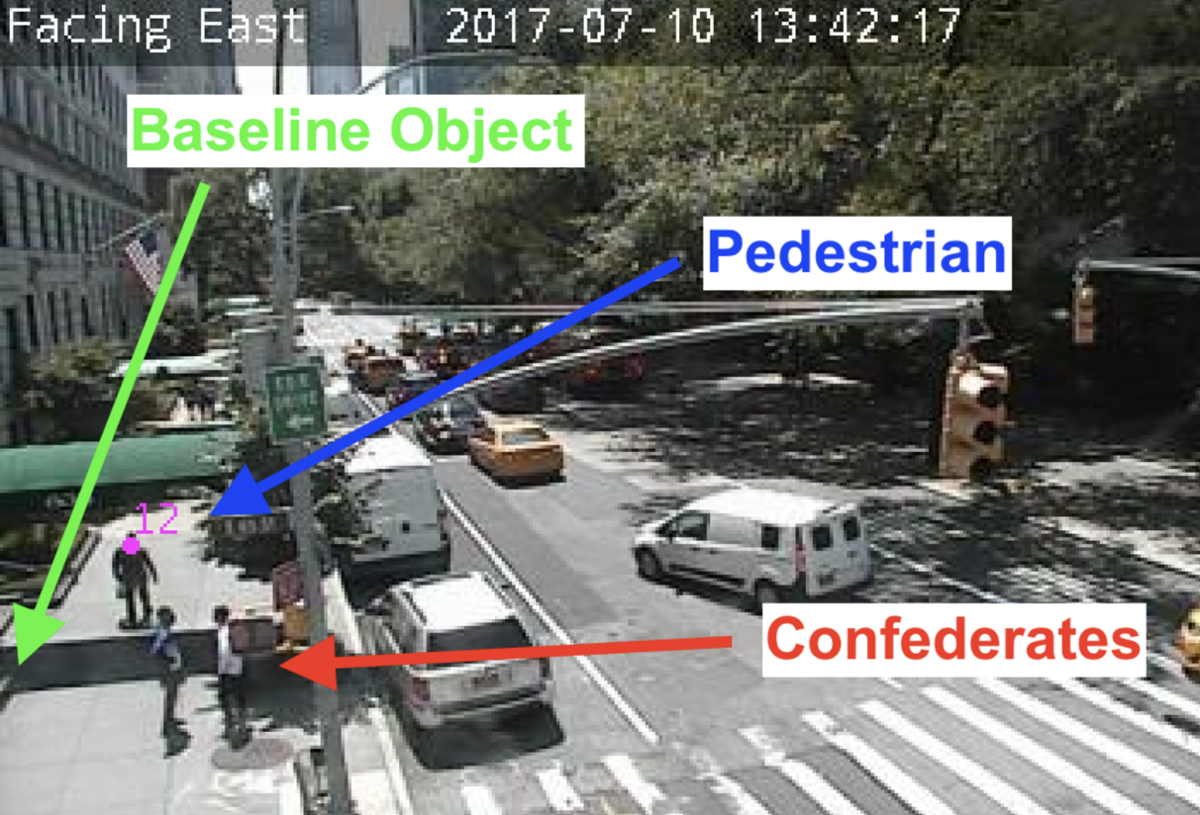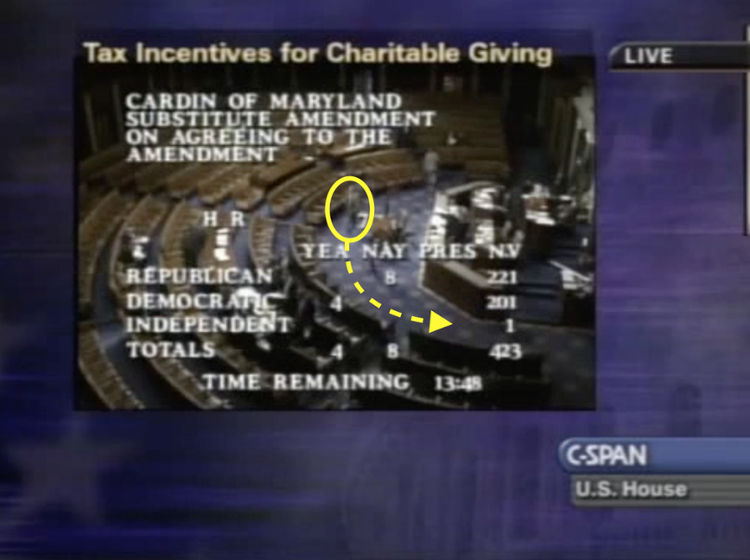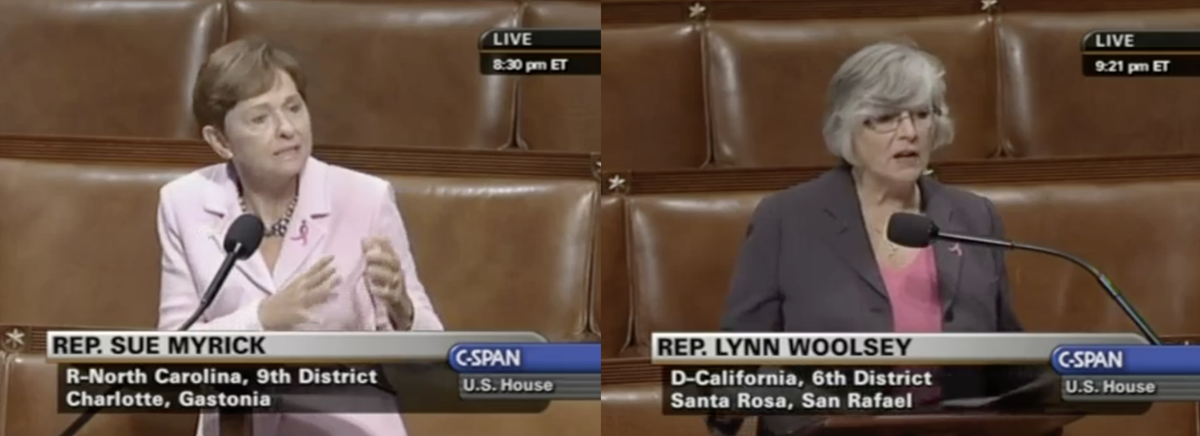Research
Seeing Racial Avoidance in City Streets

Using publicly-available traffic camera feeds in combination with a real-world field experiment we examine how pedestrians of different races behave in the presence of racial out-group members. Across two different neighborhoods and 3,552 pedestrians we generate an unobtrusive, large-scale measure of inter-group racial avoidance by measuring the distance individuals maintain between themselves and other racial groups. We find that, on average, pedestrians give a wider berth to Black confederates, as compared to white non-Hispanic confederates.
Using Motion Detection to Measure Social Polarization in the U.S. House of Representatives

Although previous scholars have used image data to answer important political science questions, less attention has been paid to video-based measures. In this study, I use motion detection to understand the extent to which members of Congress (MCs) literally cross the aisle, but motion detection can be used to study a wide range of political phenomena, like protests, political speeches, campaign events, or oral arguments. I find not only are Democrats and Republicans less willing to literally cross the aisle, but this behavior is also predictive of future party voting, even when previous party voting is included as a control. However, this is one of the many ways motion detection can be used by social scientists. In this way, the present study is not the end, but the beginning of an important new line of research in which video data is more actively used in social science research.
Pitch Perfect: Vocal Pitch and the Emotional Intensity of Congressional Speech

Although audio archives are available for a number of political institutions, the data they provide receive scant attention from researchers. Yet, audio data offer important insights, including information about speakers’ emotional states. Using one of the largest collections of natural audio ever compiled—74,158 Congressional floor speeches—we introduce a novel measure of legislators’ emotional intensity: small changes in vocal pitch that are difficult for speakers to control. Applying our measure to MCs’ floor speeches about women, we show that female MCs speak with greater emotional intensity when talking about women as compared with both their male colleagues and their speech on other topics. Our two supplementary analyses suggest that increased vocal pitch is consistent with legislators’ broader issue commitments, and that emotionally intense speech may affect other lawmakers’ behavior. More generally, by demonstrating the utility of audio-as-data approaches, our work highlights a new way of studying political speech.